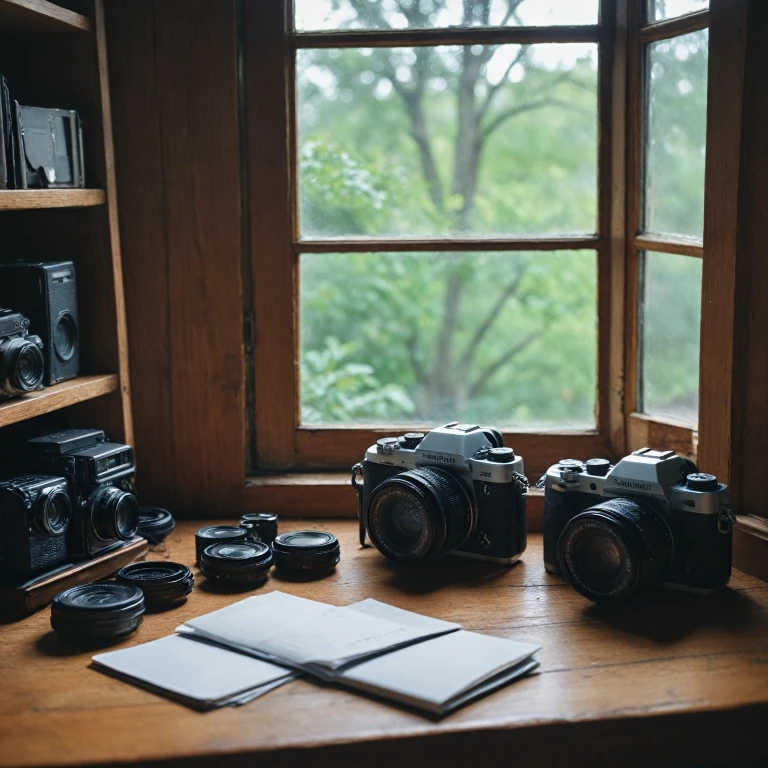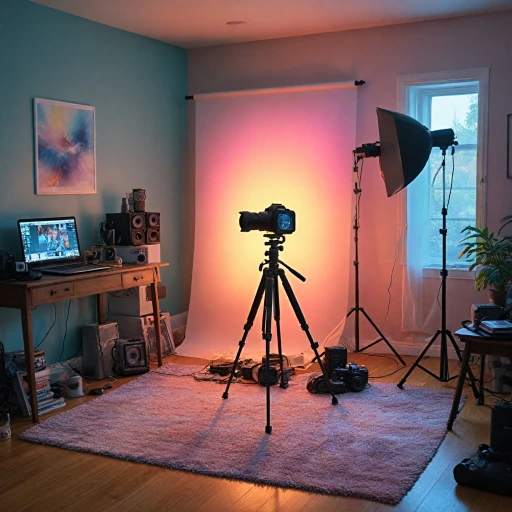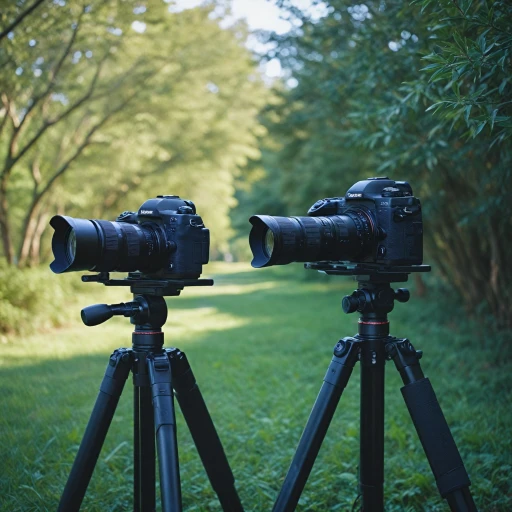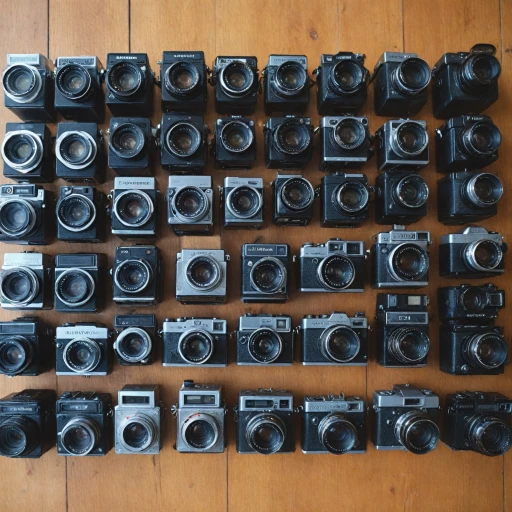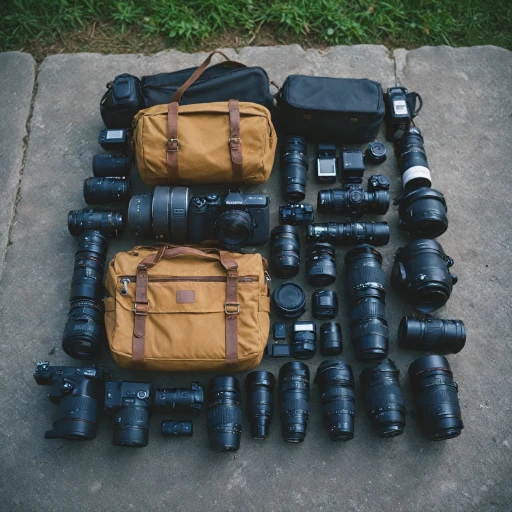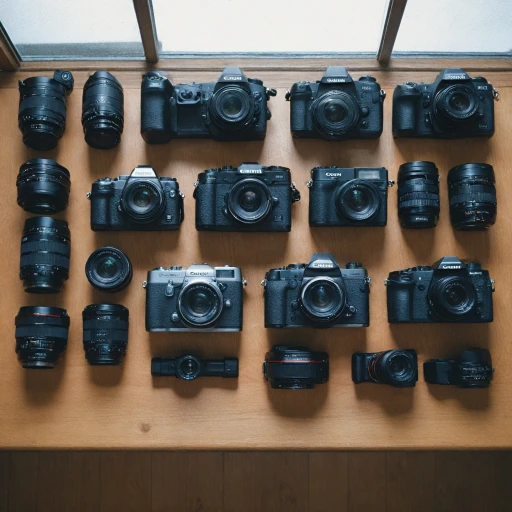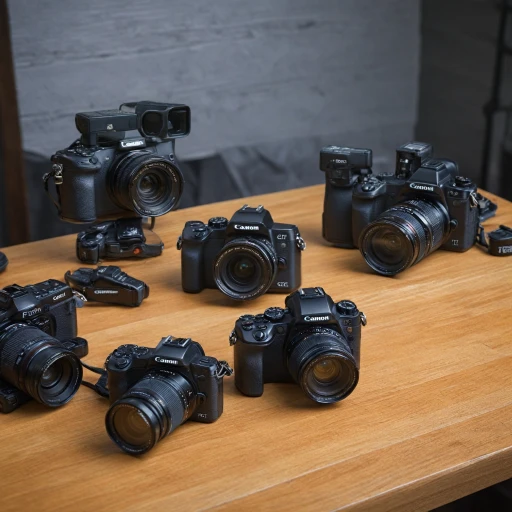
Understanding the Brand Philosophies
Brand Essence of Sony and Fujifilm
When contemplating the choice between Fujifilm and Sony mirrorless cameras, understanding each brand's philosophy can play a pivotal role. Fujifilm is renowned for its commitment to photographic excellence, often emphasizing a blend of classic design with cutting-edge technology. Their cameras frequently echo a vintage charm, appealing to photography purists. This approach resonates with those who appreciate tactile controls and the nostalgic feel of film cameras, even in a digital age.
Sony, on the other hand, embodies innovation and technological advancement. Their cameras often push the boundaries when it comes to sensor technology and dynamic range, providing exceptional image quality. Sony has been a leader in mirrorless technology, often integrating advanced features like fast autofocus systems and high-quality video capabilities. This makes them a preferred choice for those seeking the latest technological enhancements in their camera gear.
Both brands offer APS-C and full frame options, catering to different shooting preferences and needs. While Sony is recognized for its full frame expertise, Fujifilm has made a significant impact in the APS-C sensor segment, establishing a reputation for excellent color reproduction and detail.
The essence of each brand is reflected in their product offerings, and knowing this can guide potential buyers towards a choice that resonates with their photographic aspirations.
Image Quality and Sensor Technology
Capturing Crisp Details
When it comes to image quality, both Fujifilm and Sony are renowned for delivering exceptional performance. Fujifilm cameras are celebrated for their vibrant color reproduction and excellent film simulation modes, mimicking classic film stocks with great fidelity. In contrast, Sony cameras, particularly their full frame options like the Sony III, have established a lead in dynamic range, offering greater flexibility in both low and bright light situations. This is particularly beneficial for those who engage in landscape or low light shooting.The Sensor Speaks Volumes
Both brands employ advanced sensor technology to enhance image quality. Fujifilm often uses APS-C sensors in their mirrorless cameras, while Sony provides an extensive line of both APS-C and full frame cameras. A larger sensor typically means better performance in low light and a shallower depth of field. Sony's impressive lineup of full frame mirrorless cameras, like the highly acclaimed Sony full frame models, ensures remarkable detail and clarity. Meanwhile, Fuji cameras excel with their APS sensor, striking a balance between size, weight, and performance.ISO and Image Stabilization
ISO performance is another crucial factor affecting image quality. Sony cameras tend to offer superior high ISO capabilities, making them a preferred choice for nighttime or low light photography. Fujifilm, however, holds its own with remarkable in-body image stabilization in several models, enhancing the clarity of images when shooting handheld. No matter your choice, both brands equip you to capture stunning photos with minimal noise across a broad ISO range. For those specifically interested in a camera's video capabilities alongside its photo prowess, taking a look at the best mirrorless video cameras for a $5000 budget can provide more tailored insights.Lens Ecosystem and Compatibility
Lens Variety and Compatibility
When we dive into lens variety and lens compatibility within the realm of Fujifilm and Sony, both offer robust systems that cater to various photography needs.
Fujifilm is renowned for its X-mount system, which is particularly designed for aps-c sensor cameras. This provides a compact yet high-performance set of mirrorless cameras for enthusiasts. Fuji's aps-c lenses are known for their excellent image quality, offering great performance, especially in low-light shooting conditions. Additionally, Fuji lenses typically emphasize manual controls, which suits photographers who appreciate tactile shooting experiences.
On the other hand, Sony's E-mount system supports both aps-c and full frame sensor sizes, granting photographers access to a wider range of lens options. This flexibility can be advantageous for those contemplating upgrading to full frame bodies in the future. Sony has consistently expanded its lens lineup, accommodating everything from wide-angle to telephoto, and including options with image stabilization to support steady shooting. Canon and Sony better compete in offering advanced autofocus capabilities, integrated into their lenses, which is ideal for dynamic shooting scenarios.
One must consider that both Fujifilm and Sony have partnerships with third-party manufacturers, such as Sigma and Tamron, which expand the landscape of available lenses even further. Notably, this kind of diversity in lens choice enables photographers to tailor their kit according to their precise needs, be it portrait photography or shooting high-definition video.
So, in terms of lens variety and lens ecosystem compatibility, both brands present compelling options. However, for those opting for a more dedicated aps system, Fuji cameras provide a refined experience with its exclusive X-mount lenses. Meanwhile, photographers seeking versatility across aps and full frame systems might find Sony cameras to be a more flexible choice.
User Interface and Ergonomics
Design and Handling: A Closer Look
When it comes to user interface and ergonomics, both Fujifilm and Sony have carved out distinct niches that cater to various photographer preferences. Fujifilm cameras, often associated with their tactile dials and retro-style design, aim to offer a more intuitive shooting experience reminiscent of vintage film cameras. This is particularly appealing to purists who appreciate the hands-on feel of taking a picture, making Fujifilm a preferred choice for those who value the artistry behind the shot.
Sony, on the other hand, tends to focus on integrating cutting-edge technology with a more modern design approach. Their mirrorless cameras are often favored for their sleek modernity and features that prioritize fast access and convenience. Sony's interface, which may initially seem more complex, is highly customizable, offering photographers the flexibility to tailor button functions and menu layouts to their personal shooting style.
The ergonomics between the two brands also significantly differ. Fujifilm often dedicates effort into crafting cameras that feel substantial in hand, embracing a slightly bulkier frame that gives a sense of security and balance, especially useful when attaching larger lenses. Sony, in contrast, leans toward a more compact design, which can make extended shooting sessions more comfortable due to the reduced weight, despite sometimes making the grip feel less substantial compared to its competitors.
In terms of user friendliness, Fuji’s nostalgia-inducing dials for ISO, shutter speed, and exposure compensation can be more appealing to photographers who dislike spending time navigating a screen. Meanwhile, Sony's expansive menu system allows for extensive customization—even if it demands a learning curve—that can cater to more complex shooting requirements.
Ultimately, choosing between the two will depend largely on personal preferences. Do you lean toward the hands-on, classic camera feel? Fuji might just be your match. Or, do you yearn for a tech-forward device with a futuristic touch? Sony cameras might be your ideal selection.
Video Capabilities and Features
Exploring Video Capabilities of Two Giants in the Camera Industry
As digital cameras gain popularity not only among photographers but also filmmakers and content creators, video capabilities are becoming an essential factor in choosing a camera brand. Let's dive into how Fujifilm and Sony stack up against each other in this department. When it comes to video features, both Sony and Fujifilm have emerged as strong contenders in the mirrorless camera market. However, there are certain aspects that make each brand unique. Sony Cameras- Sony has carved a name for itself with its advanced video features, often seen in its Alpha series. Cameras like the Sony a7S III are celebrated for exceptional video performance, including 4K shooting, high ISO capabilities, and superior low-light performance.
- The inclusion of full-frame sensors in many Sony cameras means better dynamic range and enhanced image quality, which appeals to many professionals.
- Many Sony mirrorless cameras boast excellent image stabilization, which is crucial for capturing smooth video.
- Fujifilm, on the other hand, offers a different set of features that appeal to videographers. A pivot towards superior film simulation modes gives Fujifilm cameras a unique aesthetic appeal.
- While not all Fujifilm models incorporate full-frame sensors, many stand out with APS-C sensors that offer better lens compatibility, maintaining great image quality.
- Fujifilm cameras are known for their user-friendly interface and ergonomics, making the shooting experience more intuitive, even under pressure.
